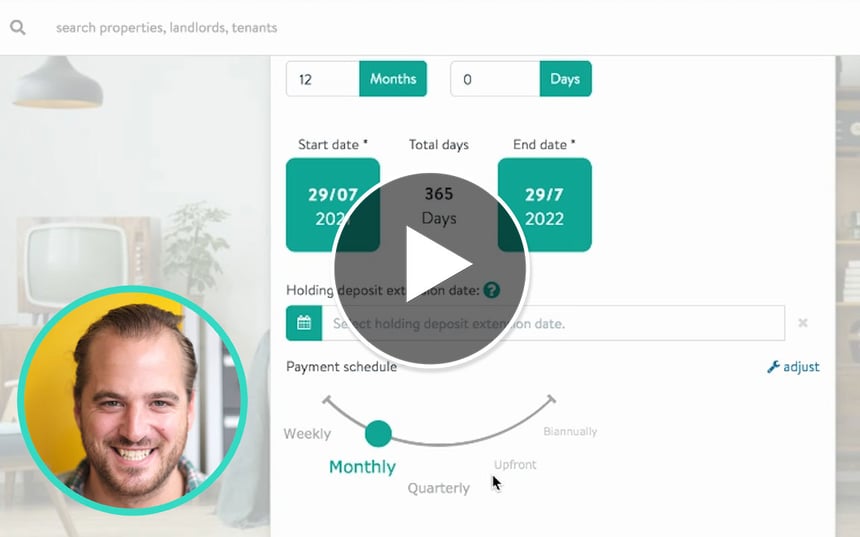How to set up your own online video series
Estate and letting agents can share relevant information and legislation updates with their landlords, while boosting brand awareness and creating recognition for the agency's expertise - all through the power of video, as this agency discovered.
“We've wanted to do it for a long time. Covid-19 was the push that we needed,” says Matt Dilkes, Christopher Shaw Residential, on setting up a series of Youtube videos to share latest news and updates with their clients.
Moving to remote working and mainly responding to emergency call-outs, the agency used its spare time wisely to continue to advise its landlords. “It was hard enough for us to see which way the industry was going and understand the advice - it would be even more difficult for a landlord to keep track of it,” says Matt.
So why choose this medium? “Video is a little bit more personal than a blog post. We were doing blog posts before but, listening to people talking in a video, it's actually a lot easier to take in all the information.”
Here are six steps to help your agency set up its own video series.
Choose the best recording platform
“We would love to have a studio with a proper camera and everything. Obviously we weren't able to do that,” says Matt - and it turns out that simple is sometimes best.
“We planned to dial in via Skype or some other software, but Zoom turned out to be ideal. It wasn't complicated, it loads up and away you go,” he says.
Establish your audience
Do you want to promote content to just landlords, or get your tenants involved as well? “We tried to come across as best we can that we're working for everyone,” says Matt. “We’re representing our landlord as the client rather than the tenant specifically, but it's never designed to sound like ‘us vs. them’. It's about getting the correct information across.”
Carefully select the subject matter
It’s important to bear in mind the value that you’re bringing to your clients. “We tried to identify potential pain points,” says Matt. “We chose to make a video following a news briefing or a news alert, whether it was changes to legislation or things that people were talking about regularly in the national press.”
Plan a realistic schedule
Once you’ve started the channel, you’ll have to keep at it - so make sure you set yourself a realistic timetable. “We were getting videos out once a week but that's difficult now that we're back to the office,” says Matt.
This doesn’t mean that you should publish videos when there’s nothing topical to address. “Even with a basic schedule, if there's nothing to talk about then we would delay a video. We don’t want to spam people.”
Select the right speakers with the right knowledge
To “dig down deeper” into these topics, the agency decided to “try and explain using experts in each field.”
Once you’ve got those experts on board, the chances are they’ll be interested in contributing again in the future, so make sure you bear their expertise in mind for other topics. “I think everyone actually enjoyed doing it and we've had a lot of repeat requests for follow-ups.”
Distribute your information speedily - via the right channels
“I think the longest video recording we had was 25 minutes. Most of them were between 10 and 15 minutes and there wasn't a huge amount of time to get a lot of content out to a lot of people via YouTube and then through direct mail and LinkedIn,” says Matt.
Videos can also be translated back into blog posts, enhancing what can be a text-heavy medium. “Our blogs now pretty much mirror our videos. They're an expansion on the video content. We add in all the links so it’s more like an archive for legislation - so people can find the right information when they need it.”









